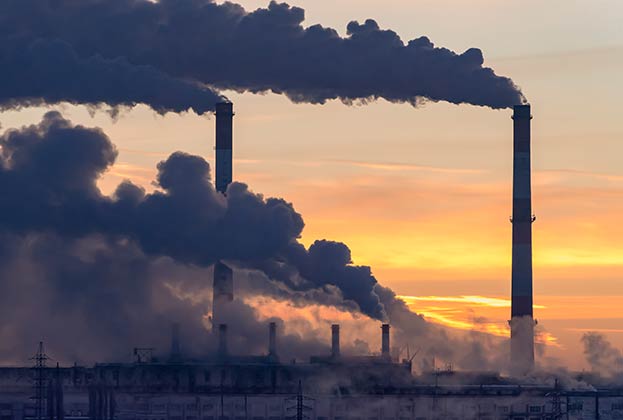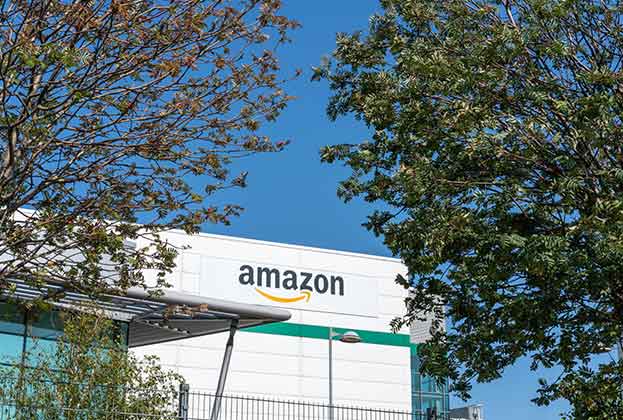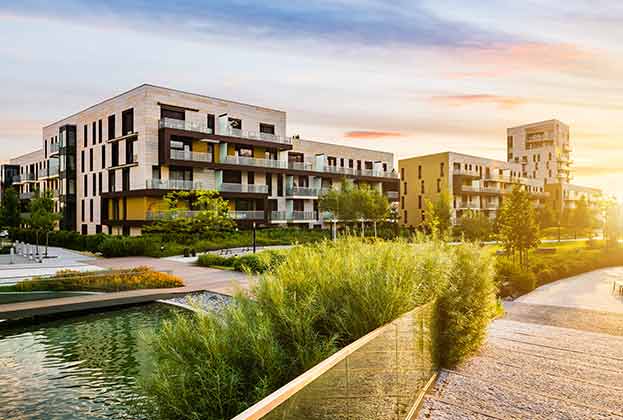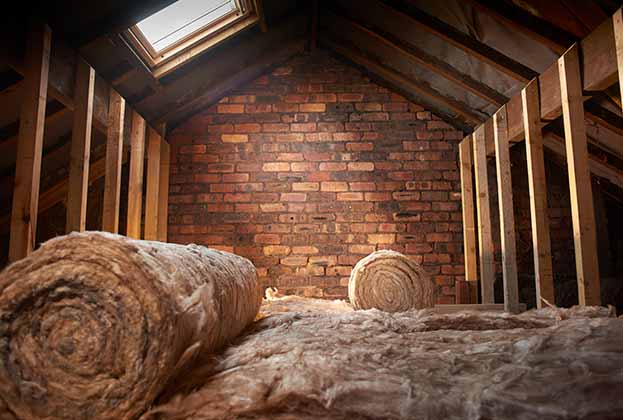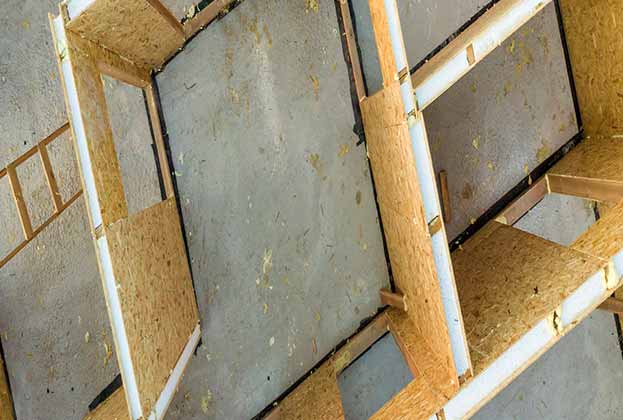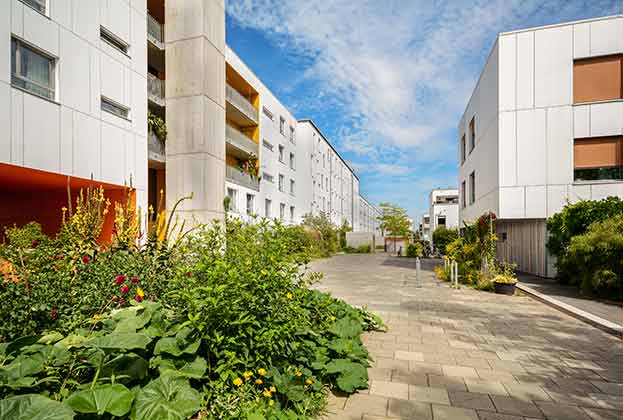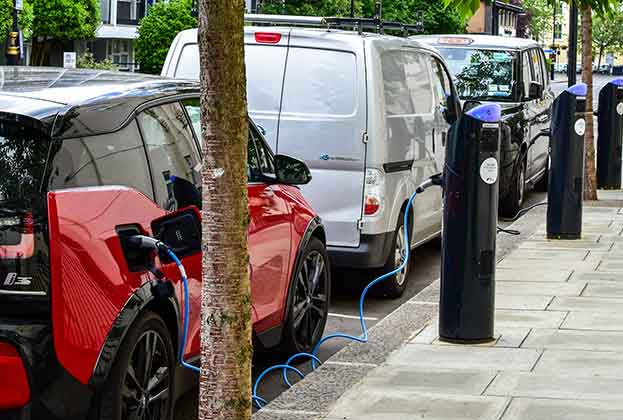To reduce carbon emissions, interventions have to be made in the construction, operation and demolition of buildings
Climate change is impacting real estate and real estate is impacting climate change. Every building has embodied, operational and end of life carbon emissions and the built environment contributes 40% of the UK’s carbon footprint. This is now a familiar figure in real estate circles. The problem is acknowledged, engagement with the issue is significantly increasing and solutions are beginning to be implemented.
Carbon emissions are present at all stages of a property’s life. In order to properly reach net zero, we need to eliminate emissions from construction through to operation and finally to the end of a building’s lifespan.
Carbon is emitted by a building from the first moment the ground is broken, as emissions are produced by manufacturing materials. Cement, for example, is responsible for 8% of global carbon dioxide emissions, according to analysis from think-tank Chatham House, and the construction industry is the largest consumer of natural resources in the UK. Further carbon is emitted by the vehicles transporting and assembling the building on site. This is typically referred to as embodied carbon and, unlike operational emissions, cannot be improved or reversed at other points in the lifetime of a building.
Once complete, a building’s operation emits carbon. Emissions arise from activities such as heating, cooling, ventilating and lighting the structure, as well as the use of appliances within the building. On top of the day-to-day usage, repair and maintenance of the building also emit carbon for many of the same reasons as the initial construction.
The UK’s Sixth Carbon Budget tells us that progress in reducing direct building emissions has broadly flatlined since 2015, so significant change is still needed. There are three main priorities: improving the efficiency of buildings, removing fossil fuels as a source of energy, and decarbonising the supply chain. Policy will impact all factors. The government has targets to upgrade all buildings to a minimum EPC C over the next 10–15 years and is promoting heat pumps as alternatives to fossil fuel-powered boilers. Any energy used should be renewable and potentially generated on site.
Finally, when a building has reached the end of its useful lifespan, there is the potential for further emissions. The demolition process and the transport and disposal of the building materials can release carbon. If the waste material is completely discarded rather than recycled elsewhere, the embodied carbon involved in the creation of those materials is effectively wasted.
If a building can be sustainably refurbished or repurposed, this will emit less than if it is torn down and rebuilt
Emily Williams, Associate Director, Residential Research
If a building can be sustainably refurbished or repurposed, this will emit less than if it is torn down and rebuilt, assuming the same operational performance can be achieved. On top of this, if a building can be dismantled and recycled then it can also limit emissions from extracting new raw materials, as well as not wasting the embodied carbon from making the material in the first place.
Real estate must become a sustainable industry to combat climate change, but there are also other benefits. Green buildings save money on energy and water bills, help attract occupiers and investors, can lock up carbon and create a healthier environment, and in some cases, they command a value premium.
Read the other articles within Spotlight: Property and Carbon – April 2021 below

